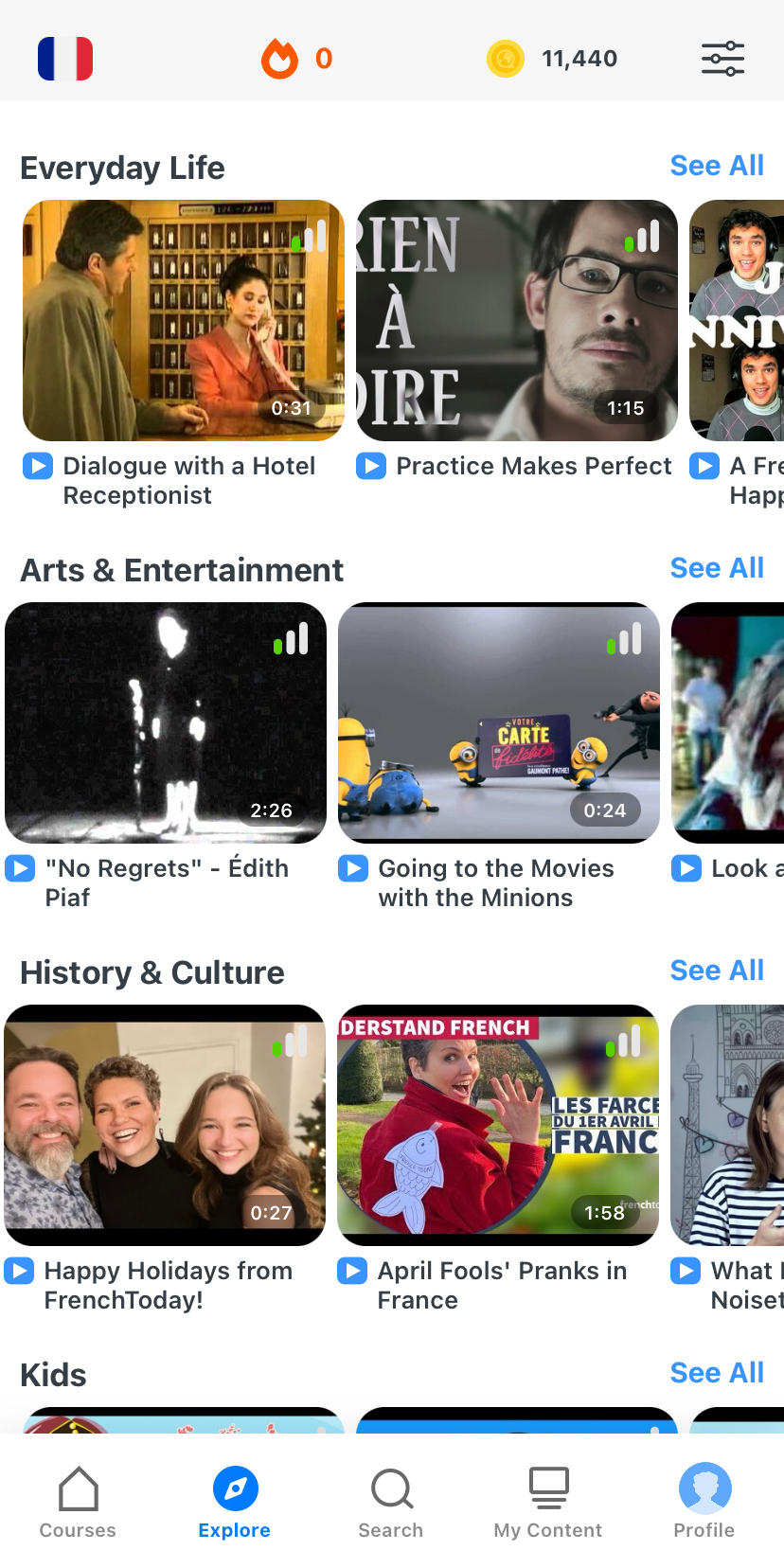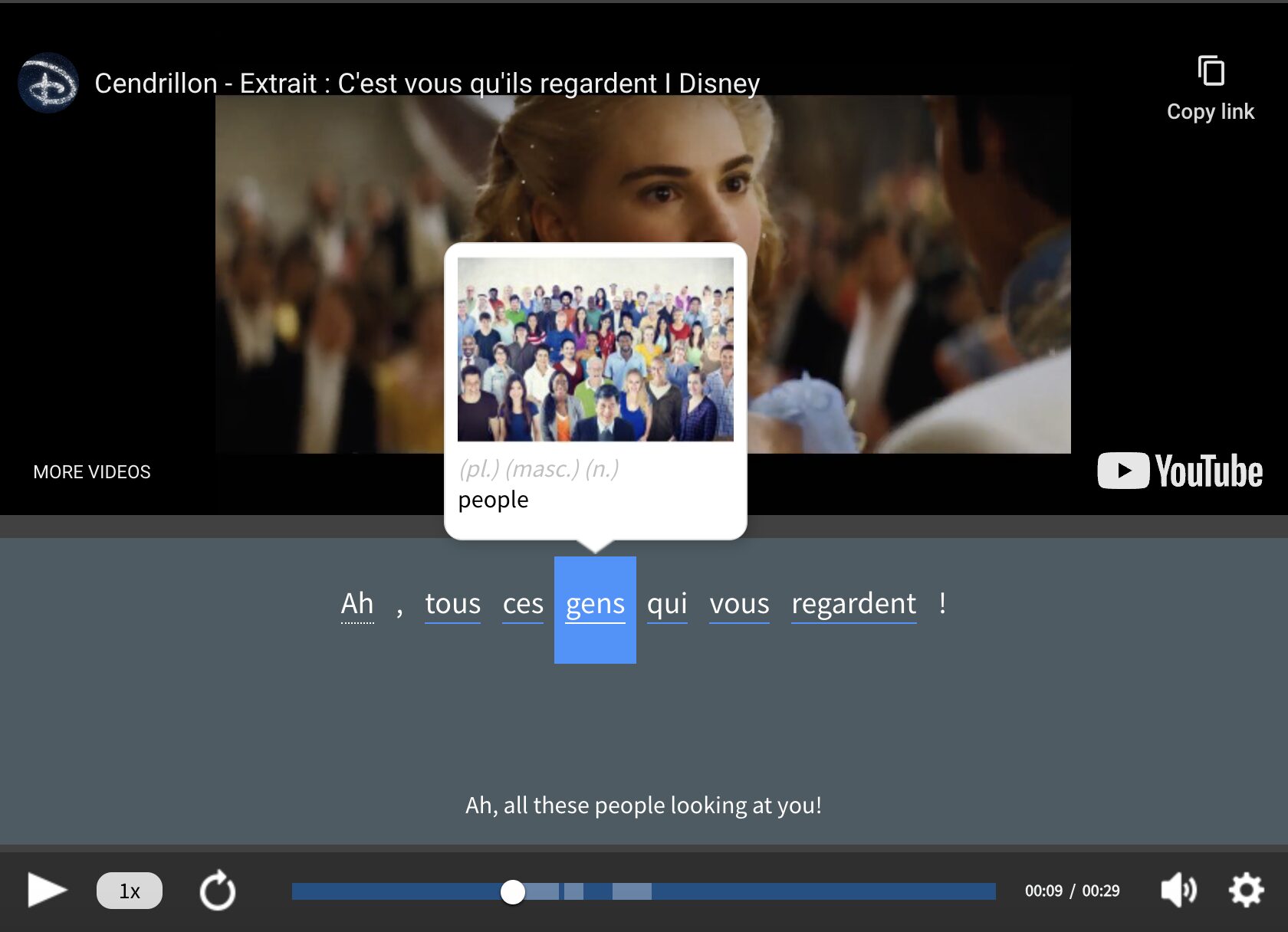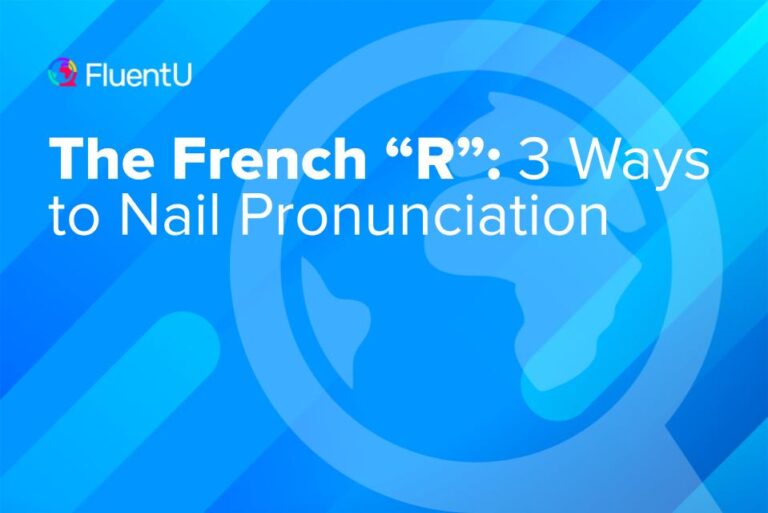The Complete Guide to the French Infinitive

One of the first things you’ll learn in French are infinitive verbs. You begin with verbs like être (to be) and avoir (to have), in their unconjugated, original form.
Shortly after, you begin to conjugate the verbs and incorporate them into complete sentences with all the new vocabulary you’ve learned. While conjugating verbs is an important part of communicating in the French language, the French infinitive has many uses.
Download: This blog post is available as a convenient and portable PDF that you can take anywhere. Click here to get a copy. (Download)
What is the French Infinitive?
The French infinitive is the unconjugated form of a verb. In English, infinitive verbs are “to + _____” verbs, like “to learn” in English (apprendre in French).
Without being conjugated, this infinitive form only tells you what is happening, but gives no further information, such as who is carrying out the action or the time frame in which it is taking place.
In French, unconjugated verbs end in either -er, -re or -ir.
As counter-intuitive as it may seem, unconjugated verbs are not just a thing of your early French-learning days. The French infinitive is actually rather versatile and unconjugated French verbs have a variety of uses.
Let’s take a look at the uses of the French infinitive.
When to Use the French Infinitive
1. After a conjugated verb
In French, two conjugated verbs in a row is a no-no (or should I say a non-non). So, for example, if you want to say “I like to run,” only the verb aimer (to like) would be conjugated:
J’aime courir. (I like to run.)
Dual-verb constructions are constructions that are formed with a semi-auxiliary verb such as aller (to go), devoir [faire quelque chose] (to have to [do something]), espérer (to hope/wish), promettre (to promise) or vouloir (to want to), followed by another verb in the infinitive:
Nicole voudrait dormir. (Nicole would like to sleep.)
When using the infinitive with conjugated verbs, pronouns and different constructions within the same sentence in French, it’s important to be mindful of the word order:
- Object, reflexive and adverbial pronouns are usually placed between the two verbs and after the preposition (if there is one) that follows the conjugated verb:
Caroline doit se laver les mains. (Caroline must wash her hands.)
- Object, reflexive and adverbial pronouns all precede the infinitive in sentences in French:
Il faut s’habiller. (You must get dressed.)
- Negative constructions should surround the conjugated verb and precede the preposition, if there is one:
Jean ne va pas manger ce soir. (Jean is not going to eat tonight.)
- Both elements of a negative construction precede the infinitive:
Ne jamais laisser la fenêtre ouverte. (Never leave the window open.)
- In the case of a sentence that contains both pronouns and a negative construction, the negative construction precedes the pronouns:
Ne jamais la laisser ouverte. (Never leave it open.)
2. As a noun (the subject/object of a sentence)
As a noun, the French infinitive is translated as the English present participle when it’s employed as a noun.
Prévenir, c’est guérir. (Preventing is healing.)
Lire, c’est voyager. (Reading is traveling.)
Apprendre le chinois est difficile. (Learning Chinese is difficult.)
3. After a preposition
In French, there are many verbs that must be accompanied by a preposition—most commonly à (at, to) or de (from, of). If an additional verb is required to make a sentence meaningful, it must be employed in the infinitive.
C’est difficile de discuter avec Adrien. (It’s difficult to talk to Adrien.)
Avant de manger, je me lave les mains. (Before eating, I wash my hands.)
4. In place of the imperative
The imperative mood is most commonly used in French to give commands. The French infinitive can be used in its place when a command is impersonal in nature. This means you’ll come across the infinitive in the context of warnings as well as in instruction manuals and in recipes.
Mettre un casque de sécurité. (Put on a safety helmet.)
Verser la farine dans le saladier. (Pour the flour in the mixing bowl.)
5. In an interrogative or exclamative phrase
The French infinitive can be used to construct interrogative or exclamative phrases in the context of a dilemma:
Que faire ? (What to do?)
Où aller ? (Where to go?)
Quelle couleur choisir ? (Which color to choose?)
6. In place of the subjunctive
The French infinitive can be used in place of the subjunctive mood in two instances.
- When the subject of the main clause and the subordinate clause is the same:
The sentence Elise est contente qu’elle soit à l’heure (Elise is happy that she is on time) can be rewritten using the infinitive as Elise est contente d’être à l’heure (Elise is happy to be on time).
(In a case like this, you’re actually required to use the infinitive because in the first example, elle would refer to someone else, not Elise.)
- When the subject is implied but not explicitly stated:
The sentence Il faut que tu dormes (You must sleep) can be written using the infinitive as Il faut dormir (You must sleep).
7. To form the past infinitive
The past infinitive is a compound construction that’s formed with an auxiliary verb être (to be) or avoir (to have) and a past participle. The past infinitive denotes an action that occurs before the action of the main verb. The past infinitive is used in four instances.
- Modifying the verb in the main clause:
J’aurais préféré avoir mangé plus tôt. (I would have preferred to have eaten earlier.)
- Modifying the adjective in the main clause:
Elise est contente d’avoir déménagé. (Elise is happy to have moved.)
- Following the preposition après (after):
Après avoir mangé, j’étais moins énérvé. (After having eaten, I was less annoyed.)
- Expressing gratitude:
Merci de m’avoir invité. (Thank you for having invited me.)
A note on word order and the past infinitive: In day-to-day French, negative constructions precede the infinitive.
Je suis désolé(e) de ne pas être arrivé à l’heure. (I am sorry for not having arrived on time.)
How to Practice the French Infinitive
- Quiz yourself. Correctly employing the French infinitive requires you to acquire a firm grasp on verb-pronoun pairings. While many such pairings exist in English, learners of the French language must remain aware that different pronouns are used in each language.
Check out these flashcards from Quizlet to practice determining whether verbs are followed by the preposition à (to, from), de (from, of) or the infinitive. Once you’re comfortable with those, take this fill-in-the-blank preposition quiz. Finally, this quiz from Tex’s French Grammar is a great way to brush up on your translation skills while you fine-tune your understanding of the infinitive.
- Listen for it. Another great way to learn and practice the French infinitive is to listen to or watch French content to see where you can hear it being used in different contexts by native speakers. If you can find accompanying texts, even better. Subtitled videos are especially good, like the ones you can find on FluentU.
FluentU takes authentic videos—like music videos, movie trailers, news and inspiring talks—and turns them into personalized language learning lessons.
You can try FluentU for free for 2 weeks. Check out the website or download the iOS app or Android app.
P.S. Click here to take advantage of our current sale! (Expires at the end of this month.)
- Look for it in books. Reading is a great way to get intimate with French sentence structure. What you read is up to you (check out this list of free French e-books and this compilation of addictive French novels). What’s important is that you read actively.
A great way to do this is to classify the verbs that you come across as those which are followed by the prepositions à (at, to) and de (of, from) or nothing at all. The reference guide “501 French Verbs” is also a great resource for finding le mot juste (the right word) or perhaps I should say le verbe juste (the right verb)?
- (Re)write text in French. A simple but effective exercise to get comfortable with the various uses of the infinitive (and improve your reading comprehension) is to take a paragraph from a book or another short- to medium-length text (a newspaper or magazine article are also good options) and where applicable, replace existing constructions with the French infinitive.
Quelle méthode choisir ? (What method to choose?)
Well, it’s up to you!
Pratiquer souvent (practice often) and your French will improve.
Download: This blog post is available as a convenient and portable PDF that you can take anywhere. Click here to get a copy. (Download)
And One More Thing...
If you like learning French at your own pace and from the comfort of your device, I have to tell you about FluentU.
FluentU makes it easier (and way more fun) to learn French by making real content like movies and series accessible to learners. You can check out FluentU's curated video library, or bring our learning tools directly to Netflix or YouTube with the FluentU Chrome extension.
One of the features I find most helpful is the interactive captions—you can tap on any word to see its meaning, an image, pronunciation, and other examples from different contexts. It’s a great way to pick up French vocab without having to pause and look things up separately.
FluentU also helps reinforce what you’ve learned with personalized quizzes. You can swipe through extra examples and complete engaging exercises that adapt to your progress. You'll get extra practice with the words you find more challenging and even be reminded you when it’s time to review!
You can use FluentU on your computer, tablet, or phone with our app for Apple or Android devices. Click here to take advantage of our current sale! (Expires at the end of this month.)











